How to Use Yoga Accessories—And What to Look For
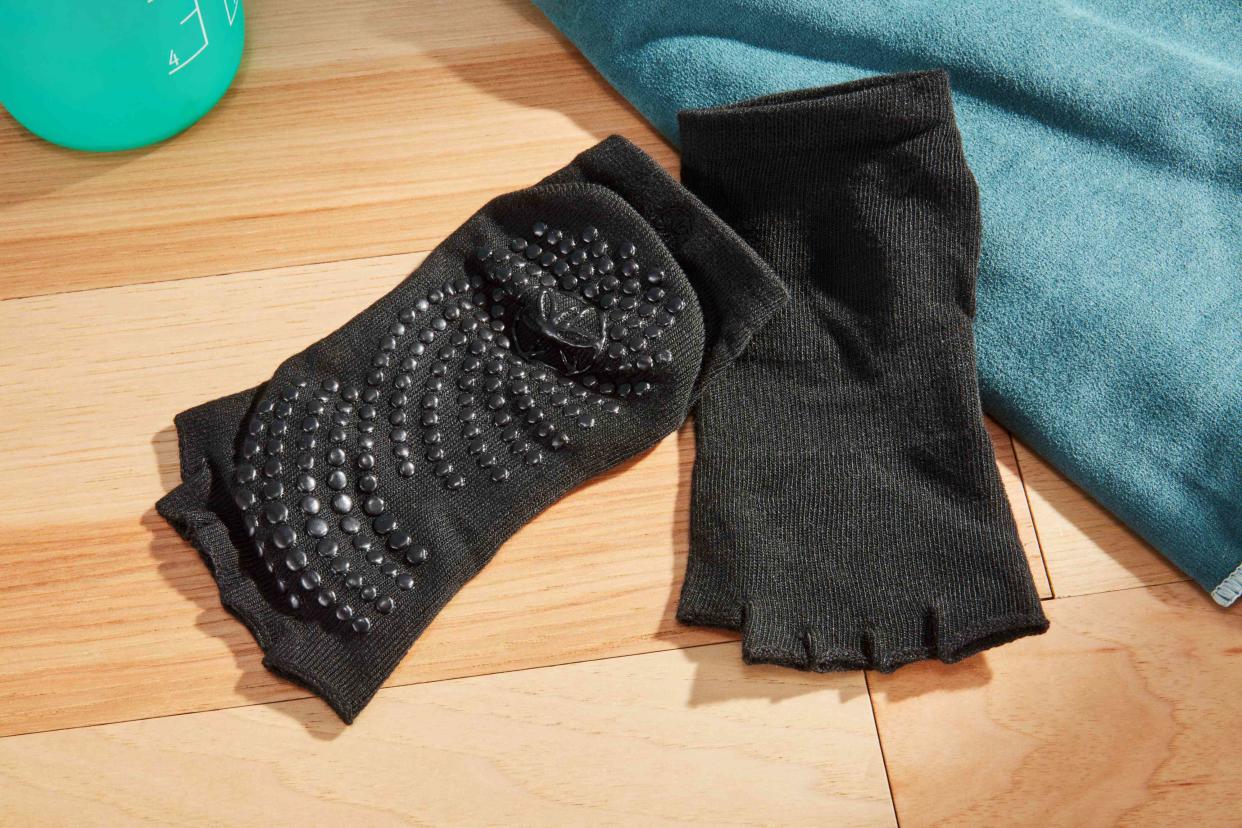
Verywell Fit / Joy Kim
Medically reviewed by Kristin McGee, CPT
Yoga is an ancient practice that has been performed for thousands of years. Over the ages, practitioners relied on very few materials to aid their practice. However, yogis have since discovered that certain props can be valuable tools for practitioners of all levels.
Whether you’re a novice or a newbie when it comes to yoga, making sure you have all the right equipment that you’ll need to create a seamless and beneficial practice is key. Yoga props help enhance your practice by providing you with stability, improving support, and aiding in proper alignment during your yoga experience.
For starters, props like blocks, straps, and yoga blankets can all help you achieve proper alignment. This ensures that you’re performing certain yoga poses to the best of your ability and not compromising your positioning or potentially causing an injury. These accessories also provide enhanced stability, making it easier for beginners to catch on to the practice. Here's what you need to know about yoga accessories and how to use them.
Related: What Happens to Your Body When You Do Yoga Every Day?
The Purpose of Yoga Accessories
While yoga accessories are certainly not necessary for every yoga practice, they can help bring more awareness to your body during practice.
“Yoga asana, the physical practice of yoga, is meant to prepare the body to sit in meditation,” explains Tiffany Caronia, a yoga instructor. “One of the great benefits is that it gives us an opportunity to be present in our bodies and with our breath so that we can observe the effects of the shapes of the poses and make conscious decisions on how to proceed or back off based on our present-moment experience,” she says.
If a practitioner does not have access to yoga accessories, Caronia recommends that you still complete a practice simply by listening to your body. “Approach poses in a way that is accessible to your body instead of contorting yourself into the final shape. With time and dedicated practice, the poses become more accessible if we approach them mindfully over time.”
A Yoga Mat
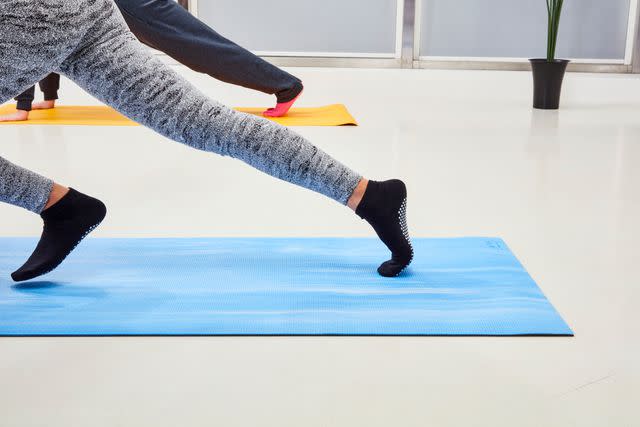
Verywell Fit / Joy Kim
Yoga mats are probably the most recognizable yoga accessory because they are so widely used across cultures. That being said, Caronia points out that while you actually don’t need a yoga mat, having one that is non-slip can make nailing poses easier and help prevent injury.
“Most yoga mats have some density and are firm with some softness, so they add comfort when practicing on a harder surface like a wood floor," she says. "But they are also firm enough that they offer stability as well."
If you don’t have a mat, you can practice yoga on most surfaces. However, Caronia recommends wearing grip socks on hardwood and going barefoot on the carpet or outdoors on the grass.
When it comes to purchasing a mat, you might be surprised by the cost. However, Dina Pappalardo, yoga teacher and founder of Yoga With Dina, says inexpensive mats tend to be slippery, too thin, or even too thick.
“There's nothing worse than feeling unsafe on your mat because you can't get a good grip with your hands or feet," Pappalardo says. "Plus, a good mat will last you for years while the lower-priced version will quickly erode, rendering it basically useless in a short amount of time.”
Grip Socks
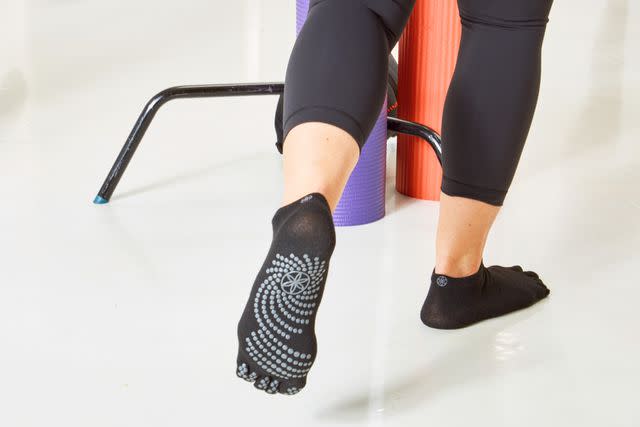
Verywell Fit / Joy Kim
If you’re not planning on using a yoga mat and you’re doing yoga on a slippery surface such as hardwood, it’s a good idea to invest in some grip socks that help prevent injury. These types of socks are made with non-slip soles that give you more traction and stability during your poses. They also can keep you from falling and reduce the risk of you getting hurt, explains Jamie Bacharach, Dipl.Ac, a diplomate of acupuncture with Acupuncture Jerusalem.
When shopping for grip socks, look for a silicone or rubber sole and a full-toe design, which provides more coverage and may be suitable for cooler environments. As for material, cotton, bamboo, or moisture-wicking synthetic blends will ensure breathability. You also want to ensure your socks fit snugly without being too tight or reducing freedom of movement.
Essential Oil Diffuser
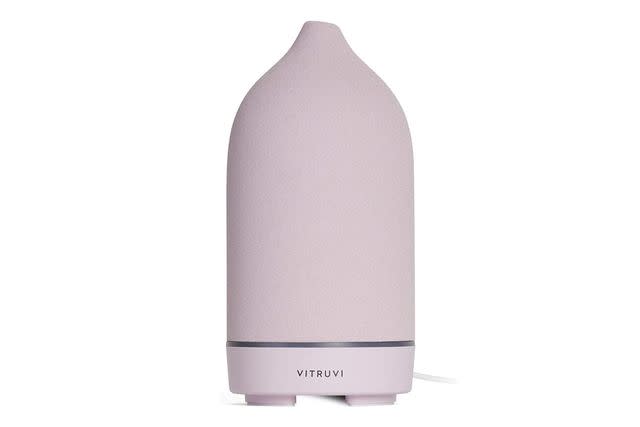
Amazon
The benefits of an essential oil diffuser for yoga may not be direct, but it can play a pivotal role in creating a relaxing experience, explains Bacharach. “Aromatherapy can promote calmness, boost energy, and [improve] your mood. Diffusing oils like lemongrass provide a sense of freshness, whereas diffusing an oil like lavender can have a calming effect."
Different essential oils have unique properties, so choosing the best one for your yoga practice depends on your goals and preferences. Some popular essential oils for yoga include lavender, peppermint, eucalyptus, bergamot, and cedarwood.
Blocks
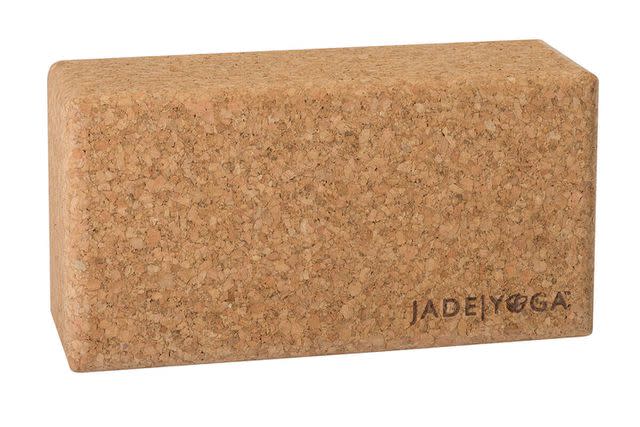
JadeYoga
Yoga blocks are typically made of foam, cork, or wood and come in various sizes, shapes, and materials. They are multipurpose and can be used by practitioners of all levels, from beginners to advanced yogis.
“You can use yoga blocks to create more space in restorative postures, to make poses more accessible by elevating the floor to hands or feet, [and] to explore deepening a pose,” says Caronia. “In standing postures requiring a hand on the floor, they lift the floor up so any practitioner can perform the pose.”
If flexibility is an issue, blocks can be a game changer—making certain positions more accessible until you enhance your range of motion. It's ideal to have a set of two yoga blocks, but even one will also make a huge difference in your practice as it can be placed under your hand when the ground is too far away to reach, making a pose feel much more stable, notes Pappalardo.
“You can also slip the block under your hip or glute in a deep stretch like Pigeon Pose if you're having difficulty relaxing your lower body into the shape,” she says. “I use the analogy of trying to fall asleep without a pillow at night. It's much more possible with the proper support.”
Straps and Belts
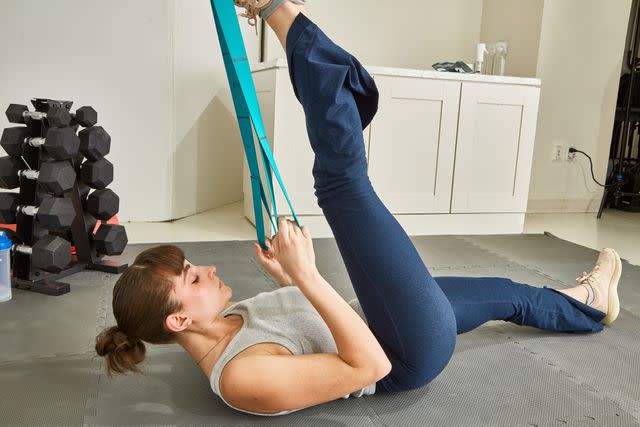
Verywell Fit / Jessica Juliao
Typically made from cotton or nylon, these straps can help improve your alignment, provide assistance in achieving certain poses, and allow you to experience deeper stretches, particularly in poses that target the shoulders, hamstrings, and quadriceps, says Pappalardo.
“Some people can grip their hands into a fist behind their back with ease, while others cannot," she says. "That's one example of where a strap can come in handy as it literally adds length to your arms, making that binding you covet a reality."
When choosing a yoga strap, look for those ranging from 6 to 10 feet long, depending on your height, flexibility, and the poses you tend to practice. A wider strap may also be more beneficial for beginners, notes Pappalardo, and can provide you with a bit more stability. Meanwhile, a yoga strap with a buckle or D-ring closure can help ensure a secure fit that you can quickly adjust.
Blankets
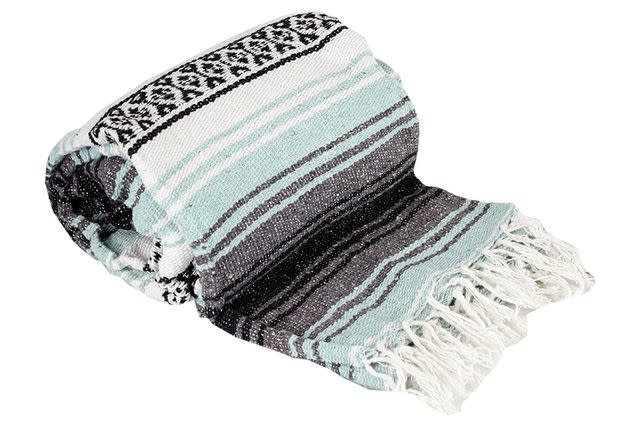
Amazon
Blankets provide more than just comfort and warmth during a yoga session. Caronia says they can also be used in seated poses to create space for individuals with tighter hip muscles, making seated postures more comfortable. “Blankets can also be utilized to build core strength to prepare for transitions and more advanced postures,” adds Caronia.
One of Caronia's favorite ways to use a blanket during yoga is to perform a “vinyasa” with your hands on the floor and feet on a blanket on a hardwood floor or some other slippery surface. This way, you can slide your feet back to plank and/or chaturanga, upward-facing dog to downward-facing dog, then slide your feet to your hands.
“It’s a great abdominal exercise that can teach stabilization while building strength and control to jump to chaturanga and feet forward to hands from downward-facing dog,” she says.
How to Choose Quality Props
When shopping for yoga accessories, it pays to be choosy and diligent with your research. Yoga accessories can last you through the years, so you can avoid having to repurchase items too soon by making sure that you’re investing in the right materials and quality. Here are some things to consider.
Grip and Texture
To prevent slips and falls, it’s a good idea to invest in yoga accessories that are made from textures that provide a strong grip. Mats with non-slip surfaces and blocks with textured sides can help enhance stability and prevent slipping during poses, which cuts down on your risk for injury.
Durability
Invest in props that will last with regular use. Look for key features that indicate durability such as reinforced stitching, sturdy construction, and materials that can withstand wear and tear over time. After all, you will put these products to work for you, so quality yoga accessories should maintain their shape and integrity over time.
Sustainability
There is no shortage of eco-friendly and sustainable yoga accessories made from non-toxic and chemical-free materials. Choosing eco-friendly items is a smart choice, especially when it comes to products, such as a yoga towel, that will rub against your skin quite often.
Bottom Line
If you've been reluctant to try yoga—or gave it a shot but felt defeated—remember that having the right accessories can give you the confidence you need to perform your best. Pappalardo says you can also arrive at class a few minutes early to ask the teacher how yoga accessories can help you.
“I know I'd be thrilled to spend some time with any of my students and teach them ways to use yoga accessories to make their practice a more enjoyable experience,” she adds.
Read the original article on Verywell Fitness.

